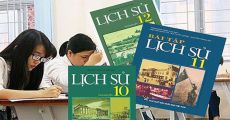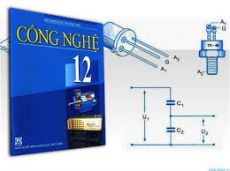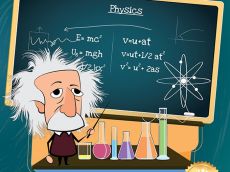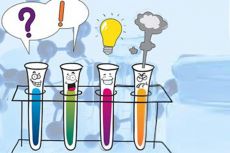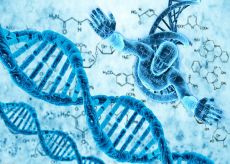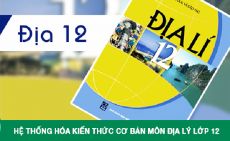Read the following passage and mark the letter A, B, C, or D on your answer sheet to indicate the correct answer to each of the questions from 36 to 42.
The history of clinical nutrition, or the study of the relationship between health and how the body takes in and utilizes food substances, can be divided into four distinct eras: the first began in the nineteenth century and extended into the early twentieth century when it was recognized for the first time that food contained constituents that were essential for human function and that different foods provided different amounts of these essential agents. Near the end of this era, research studies demonstrated that rapid weight loss was associated with nitrogen imbalance and could only be rectified by providing adequate dietary protein associated with certain foods.
The second era was initiated in the early decades of the twentieth century and might be called “the vitamin period”. Vitamins came to be recognized in foods, and deficiency syndromes were described. As vitamins became recognized as essential food constituents necessary for health, it became tempting to suggest that every disease and condition for which there had been no previous effective treatment might be responsive to vitamin therapy. At that point in time, medical schools started to become more interested in having their curricula integrate nutritional concepts into the basic sciences. Much of the focus of this education was on the recognition of deficiency symptoms. Herein lay the beginning of what ultimately turned from ignorance to denial of the value of nutritional therapies in medicine. Reckless claims were made for effects of vitamins that went far beyond what could actually be achieved from the use of them.
In the third era of nutritional history in the early 1950’s to mid-1960’s, vitamin therapy began to fall into disrepute. Concomitant with this, nutrition education in medical schools also became less popular. It was just a decade before this that many drug companies had found their vitamin sales skyrocketing and were quick to supply practicing physicians with generous samples of vitamins and literature extolling the virtue of supplementation for a variety of health-related conditions. Expectations as to the success of vitamins in disease control were exaggerated. As is known in retrospect, vitamin and mineral therapies are much less effective when applied to health-crisis conditions than when applied to long-term problems of under nutrition that lead to chronic health problems.
Câu 36 : What is the main idea of the passage?
Suy nghĩ và trả lời câu hỏi trước khi xem đáp án
Lời giải:
Báo saiA. Các giai đoạn phát triển của dinh dưỡng lâm sàng như một lĩnh vực nghiên cứu
Câu 37 : Accorsing to paragraph 1, which of the following discoveries was made during the first era in the history of nutrition?
Suy nghĩ và trả lời câu hỏi trước khi xem đáp án
Lời giải:
Báo saiDẫn chứng: Near the end of this era, research studies demonstrated that rapid weight loss was associated with nitrogen imbalance and could only be rectified by providing adequate dietary protein associated with certain foods.
Câu 38 : The word “rectified” in paragraph 1 is closest in meaning to ______.
Suy nghĩ và trả lời câu hỏi trước khi xem đáp án
Lời giải:
Báo sairectified = corrected: sửa sai
Câu 39 : The word “tempting” in paragraph 2 is closest in meaning to ______.
Suy nghĩ và trả lời câu hỏi trước khi xem đáp án
Lời giải:
Báo saitempting = attractive: hấp dẫn
Câu 40 : According to the passage, why do schools begin to teach concepts of nutrition?
Suy nghĩ và trả lời câu hỏi trước khi xem đáp án
Lời giải:
Báo saiDẫn chứng: As vitamins became recognized as essential food constituents necessary for health, it became tempting to suggest that every disease and condition for which there had been no previous effective treatment might be responsive to vitamin therapy. At that point in time, medical schools started to become more interested in having their curricula integrate nutritional concepts into the basic sciences.
Câu 41 : The word “them” in paragraph 2 refers to ______.
Suy nghĩ và trả lời câu hỏi trước khi xem đáp án
Lời giải:
Báo saiDẫn chứng: ...effects of vitamins that went far beyond what could actually be achieved from the use of them.
Câu 42 : Which statement is TRUE, according to the passage?
Suy nghĩ và trả lời câu hỏi trước khi xem đáp án
Lời giải:
Báo saiDẫn chứng: Expectations as to the success of vitamins in disease control were exaggerated.
Đề thi thử THPT QG năm 2021 môn Tiếng Anh
Trường THPT Lê Hồng Phong
